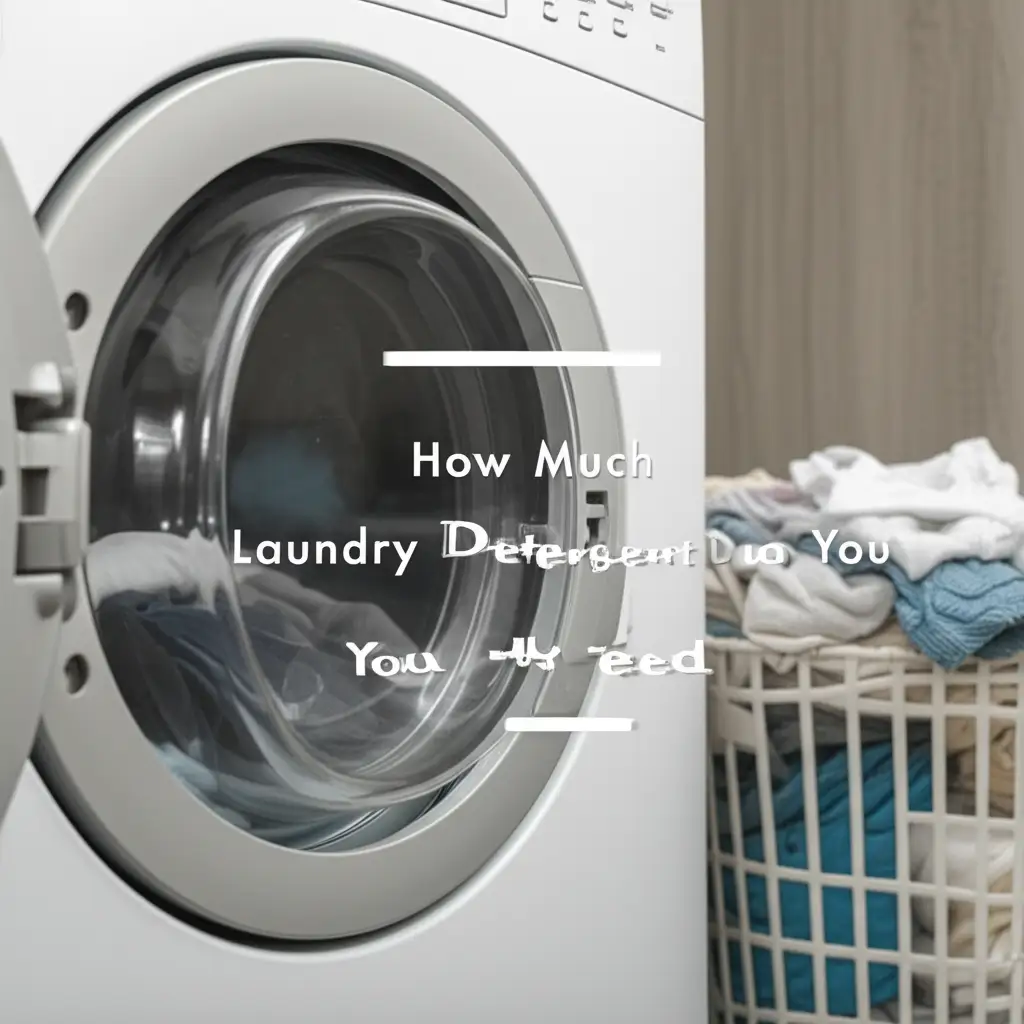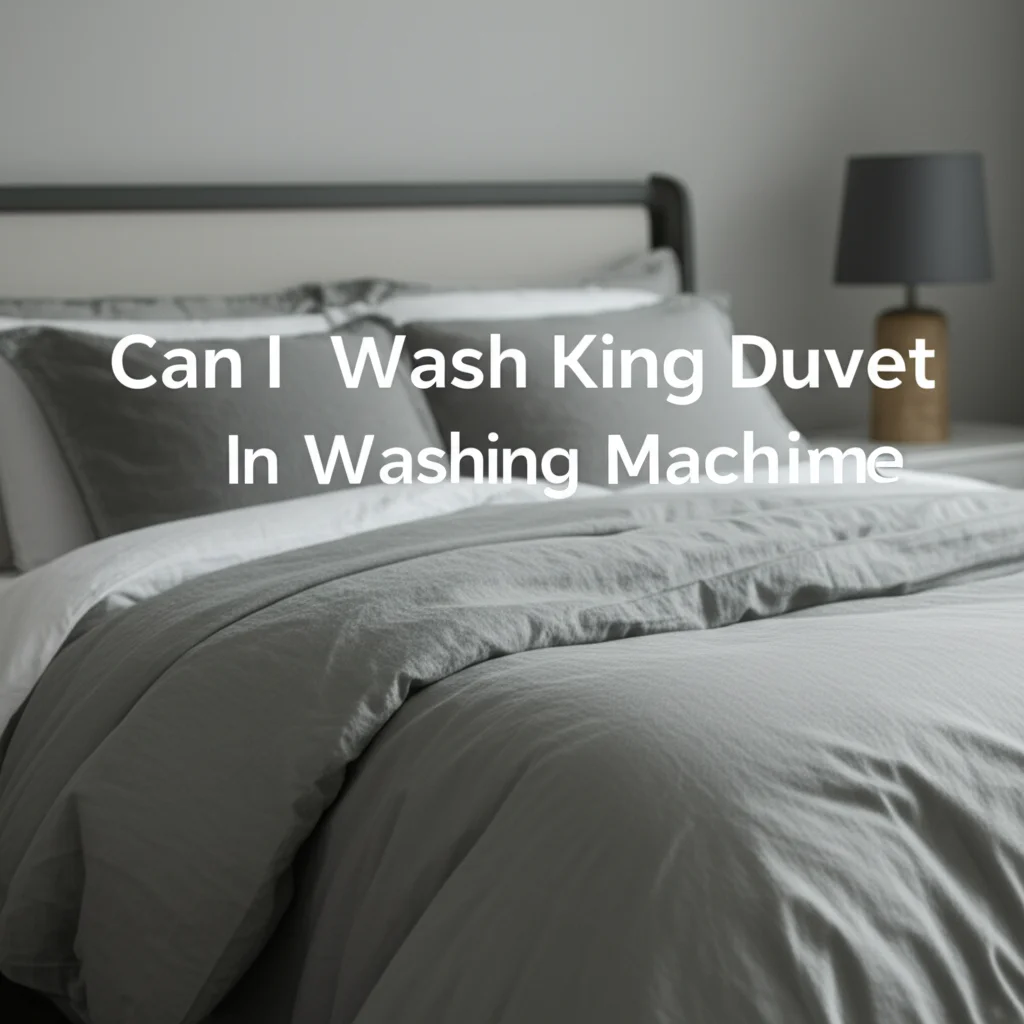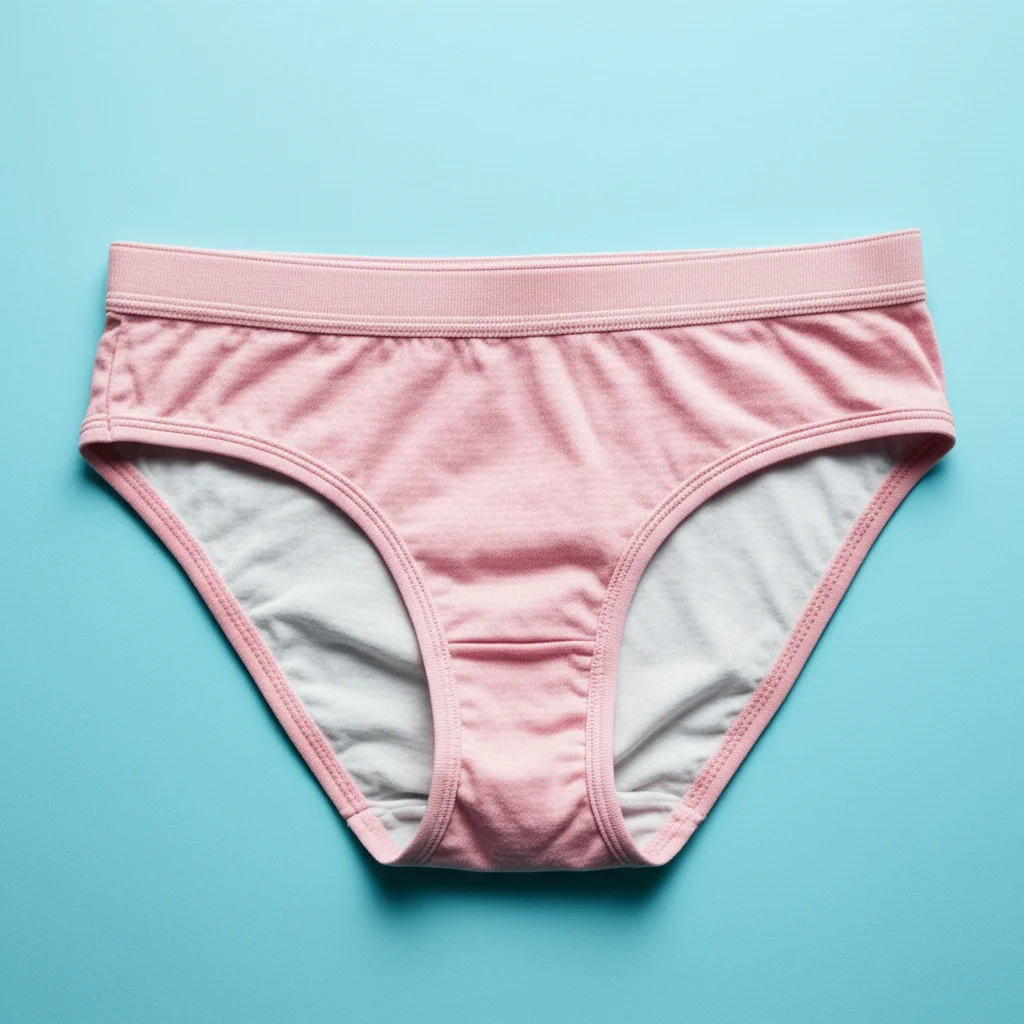· Todd Martin · Home Care · 13 min read
How To Clean Down Pillows

Rejuvenate Your Sleep: How to Clean Down Pillows Effectively
Imagine sinking into a perfectly fluffy, clean pillow every night. For many, that dream includes a down pillow. These luxurious items offer incredible comfort. However, like all bedding, down pillows need regular cleaning to stay fresh and supportive. Learning how to clean down pillows properly extends their life and keeps your sleep environment hygienic. This comprehensive guide will walk you through every step. We cover preparation, washing, drying, and ongoing care for your cherished down pillows.
Takeaway
- Check pillow labels for specific cleaning instructions before starting.
- Use a gentle, low-sudsing detergent for down pillows.
- Wash two pillows at a time for balanced machine loads.
- Dry down pillows thoroughly on low heat with dryer balls or clean tennis balls.
- Fluff pillows daily and use pillow protectors to maintain freshness between washes.
How to Clean Down Pillows
To clean down pillows, check the care label first. Most down pillows are machine washable. Use a front-loading machine with a mild detergent on a gentle cycle. Dry them completely on low heat with dryer balls to restore fluffiness and prevent mildew.
Why Cleaning Down Pillows is Essential
Down pillows are a popular choice for their softness and long-lasting comfort. However, they collect dust, sweat, skin cells, and allergens over time. This buildup can affect both your pillow’s performance and your health. Regular down pillow cleaning is crucial for several reasons.
Cleaning your down pillows removes these unwanted guests. It helps keep the fill fluffy and supportive, preventing the pillow from becoming flat or lumpy. A clean pillow supports your head and neck better. This contributes to more restful sleep. Ignoring cleaning can lead to unpleasant odors and a buildup of allergens like dust mites. These tiny creatures thrive in warm, damp environments. They can trigger allergies and asthma symptoms for many people.
Think of your pillow as an investment in your sleep. Properly caring for it ensures you get the most out of it for years. Keeping them clean also maintains their hypoallergenic properties if they are treated for that. Regular maintenance means you enjoy a fresh, clean, and healthy sleep space night after night. This simple step can significantly improve your overall sleep quality and well-being.
Gathering Your Essential Cleaning Supplies
Before you begin the down pillow cleaning process, ensure you have all the necessary supplies. Having everything ready makes the job smoother and more efficient. You will not want to pause mid-wash because you forgot something important. These items are readily available at most grocery stores or online.
First, you need a suitable washing machine. A front-loading machine is best for down pillows. Top-loading machines with agitators can damage the delicate down feathers. If you only have a top-loader with an agitator, you might consider using a laundromat’s front-loading machines or opting for hand-washing. Second, choose a mild, low-sudsing detergent. Harsh detergents can strip the natural oils from the down, making it brittle. Liquid detergents are generally better than powder as they rinse more completely. Avoid detergents with strong perfumes, bleach, or fabric softeners. Bleach can harm down, and fabric softeners can coat the feathers, reducing their fluffiness.
Next, gather a few tennis balls or specialized dryer balls. These are indispensable for drying down pillows. They help fluff the down and prevent clumping during the drying cycle. You can place them inside clean socks to prevent any dye transfer onto your pillows. Finally, ensure you have a clean, dry area for potential air drying or pre-drying if needed. A clothesline or a drying rack in a well-ventilated area works well. Having these items on hand ensures a successful and effective pillow cleaning experience. For more general advice on cleaning your pillows, you might find this article useful: how to clean your pillows.
Pre-Washing Checks and Preparations
Preparing your down pillows before washing is a crucial step. This preparation ensures the cleaning process is safe and effective. Taking a few minutes beforehand can prevent damage and achieve better results. Always start by checking the care label on your pillow. Most down pillows are machine washable, but some may recommend dry cleaning only. Following the label’s instructions prevents accidental damage.
Next, inspect your pillow for any tears or loose seams. Even a small hole can cause down feathers to escape during washing. This can clog your washing machine or create a huge mess. If you find any damage, mend it carefully with a needle and thread before washing. Use small, strong stitches to ensure the repair holds. You can also slip the pillow into a large pillow protector or a zippered laundry bag. This offers an extra layer of protection against feather escape.
Consider pre-treating any visible stains. For common body oil stains, you can gently dab a small amount of mild, diluted detergent directly onto the spot. Let it sit for a few minutes. Avoid scrubbing too harshly, as this can damage the fabric or spread the stain. For stubborn odors, a sprinkle of baking soda can help. Just gently brush it off before washing. Properly preparing your pillows sets the stage for a successful and thorough clean. Sometimes, a deep clean for pillows is needed, but pre-treating often solves minor issues.
Washing Down Pillows in a Machine
Washing down pillows in a machine requires a gentle touch and the right technique. Proper machine washing keeps your pillows fresh and fluffy. I find washing two pillows at a time is ideal. This balances the washing machine drum. It allows for a more even distribution of water and detergent. This balance prevents the machine from becoming off-kilter during the spin cycle.
Always use a front-loading washing machine. The agitator in a top-loading machine can be too harsh for delicate down feathers. Select a delicate or gentle cycle with cold or warm water. Hot water can damage the down. Use a small amount of mild, low-sudsing liquid detergent. Too much detergent creates excessive suds, which are hard to rinse out of down. Leftover detergent can leave residue and make your pillows feel stiff.
After the wash cycle finishes, run an extra rinse cycle. This ensures all soap residue is completely removed from the down and fabric. You can also add an extra spin cycle to extract as much water as possible. The goal is to get the pillows as dry as possible before moving them to the dryer. This reduces drying time significantly and minimizes the risk of mildew. Proper washing ensures your down pillows come out clean and ready for thorough drying. For specific guidance on using baking soda for cleaning, you can refer to how to clean pillows with baking soda.
Hand-Washing Down Pillows for Gentle Care
If you do not have access to a front-loading washing machine, or if your pillow’s care label suggests it, hand-washing is a safe alternative for cleaning down pillows. This method offers a gentler approach. It ensures the delicate down feathers remain intact. You can even use a bathtub for this process, which provides ample space.
Begin by filling a clean bathtub or large basin with lukewarm water. Add a very small amount of mild, low-sudsing liquid detergent. About one tablespoon is usually enough for one or two pillows. Submerge one pillow at a time into the water. Gently knead the pillow to allow the soapy water to penetrate all the down. Focus on areas that might be particularly soiled, like the center or edges. Do not twist or wring the pillow too forcefully. This can damage the internal structure of the down.
Once you feel the pillow is clean, drain the soapy water. Refill the tub with clean, lukewarm water. Press down on the pillow repeatedly to release the dirty water and absorb clean water. Continue this rinse-and-press process several times until the water runs clear. This step is critical to ensure all detergent residue is removed. Leftover soap can make the down feel clumpy and stiff. When rinsing is complete, press out as much water as you can. Do this gently without twisting. You might even roll the pillow tightly in a large, clean towel to absorb more moisture before drying. If you are considering how to clean pillows in a bathtub, this method works very well: how to clean pillows in bathtub.
Drying Down Pillows Properly
Drying down pillows is perhaps the most critical step in the down pillow cleaning process. Incomplete drying can lead to mildew, unpleasant odors, and permanently damaged down. You must ensure your pillows are completely dry, from the inside out. This takes time and patience.
The best way to dry down pillows is in a large capacity dryer on a low heat setting. High heat can damage the delicate down feathers. Place two or three clean tennis balls or specific dryer balls into the dryer with your pillows. The balls will tumble around, hitting the pillows and breaking up clumps of wet down. This fluffs the feathers and allows air to circulate, significantly speeding up the drying process. Check your pillows every 30-45 minutes. Take them out and manually fluff them. Break up any remaining clumps by hand. This ensures even drying and helps restore the pillow’s original loft.
Drying can take several hours, sometimes up to 4-6 hours or even longer. Do not rush this step. If you remove the pillows too soon, even slight dampness inside can cause mildew to grow. You will know they are fully dry when they feel completely fluffy, light, and show no signs of dampness or clumping. When pressed, they should spring back immediately. If you prefer to air dry, place them on a clean, flat surface in a well-ventilated area. Turn and fluff them frequently. You can also finish them in the dryer on a no-heat fluff cycle for 30 minutes to ensure total dryness. For comprehensive tips on maintaining all your bed pillows, ensure they are always clean and comfortable.
Maintaining Cleanliness Between Washes
Regular down pillow cleaning is important, but daily habits also contribute to their overall freshness and longevity. Maintaining cleanliness between washes reduces the need for frequent deep cleaning. This extends the life of your pillows. Simple daily actions can make a big difference.
First, always use a pillow protector. This is a zippered cover that goes under your regular pillowcase. Pillow protectors create a barrier against dust mites, sweat, skin cells, and allergens. They keep the actual pillow cleaner for longer. Choose a protector that is washable and breathable. I personally find them indispensable for keeping my pillows fresh. You should wash these protectors regularly, perhaps every two to three weeks, along with your sheets.
Second, fluff your pillows daily. When you make your bed, take a moment to vigorously fluff each down pillow. Hold it by two opposite corners and shake it. Then, repeat with the other corners. This redistributes the down fill, prevents clumping, and allows air to circulate through the feathers. This simple action helps dry out any moisture from perspiration and keeps the pillow feeling full and supportive. Regularly airing out your pillows is also beneficial. On a dry, sunny day, you can place them outdoors for a few hours. The sun’s UV rays can act as a natural disinfectant. Just avoid putting them out if there’s any humidity or rain expected. These small habits significantly extend the time between washes for your down pillows.
Troubleshooting Common Down Pillow Issues
Even with careful down pillow cleaning, you might encounter some common issues. Knowing how to troubleshoot these problems helps maintain your pillows’ quality. Do not worry; most issues have simple solutions.
One common problem is clumping or flatness after washing. This usually happens from incomplete drying or insufficient fluffing. If your pillow feels lumpy, it likely means the down inside is still wet or has stuck together. Put the pillow back in the dryer on a low-heat setting with a few dryer balls. Continue drying for longer, checking and fluffing every 30 minutes until it feels completely dry and fluffy. Ensure you are vigorously fluffing the pillow by hand during and after the drying process.
Another issue is persistent odors, even after washing. This can be caused by mildew if the pillow was not dried thoroughly. If the mildew smell is strong, it might be difficult to remove. Try washing the pillow again with a small amount of white vinegar added to the rinse cycle (about 1/4 cup). Ensure extra drying time afterward. For general odors, airing the pillow out in direct sunlight for a few hours can also help. The sun’s UV rays are a natural deodorizer. If the odor persists, the mildew might be too ingrained, and replacement could be necessary.
Sometimes, a pillow might feel stiff or have detergent residue. This indicates too much detergent was used, or not enough rinse cycles were performed. Re-wash the pillow with no detergent, running multiple rinse cycles until the water runs completely clear. Then, dry it thoroughly as described. Addressing these issues promptly helps keep your down pillows in top condition for comfortable sleep.
Frequently Asked Questions
How often should I clean down pillows?
You should aim to wash down pillows every 6 to 12 months. This schedule helps remove accumulated dust, oils, and allergens. Regular cleaning maintains the pillow’s freshness and extends its lifespan. Between washes, use a pillow protector and fluff daily to keep it clean.
Can I use bleach on down pillows?
No, you should not use bleach on down pillows. Bleach can severely damage the delicate down feathers, breaking them down and reducing their loft. It can also cause yellowing of the fabric. Always opt for a mild, gentle detergent suitable for delicates or natural fibers.
How do I remove stubborn stains from down pillows?
For stubborn stains, pre-treat them before washing. Gently dab a small amount of mild liquid detergent or a specialized stain remover for natural fibers directly onto the stain. Let it sit for about 15-20 minutes, then wash the pillow as usual. Avoid scrubbing vigorously.
My down pillow is clumpy after washing. What should I do?
Clumping indicates the down is not fully dry or needs more fluffing. Put the pillow back in the dryer on a low-heat setting with two or three dryer balls. Check and fluff the pillow every 30 minutes. Continue until it feels completely dry, light, and fluffy, with no lumps remaining.
Can I air dry down pillows completely?
Yes, you can air dry down pillows, but it takes a long time. Place them on a clean, flat surface in a well-ventilated area, ideally outdoors on a dry, sunny day. Turn and fluff them frequently to promote even drying. For best results and to prevent mildew, finish them in a dryer on a no-heat or very low-heat cycle for at least 30 minutes.
What kind of detergent is best for down pillows?
The best detergent for down pillows is a mild, low-sudsing liquid detergent specifically designed for delicate fabrics or natural fibers. Avoid detergents with strong perfumes, optical brighteners, bleach, or fabric softeners. These can strip natural oils from the down or leave residue.
Conclusion
Cleaning down pillows does not have to be a daunting task. By following these straightforward steps, you can keep your luxurious down pillows fresh, fluffy, and supportive for years to come. From gathering the right supplies to carefully washing and, most importantly, thoroughly drying them, each stage contributes to a successful outcome. Remember that proper maintenance between washes, like using pillow protectors and daily fluffing, is just as important.
A clean pillow directly impacts the quality of your sleep and overall well-being. By taking the time to care for your down pillows, you are investing in a healthier and more comfortable sleep environment. So, go ahead, give your down pillows the refresh they deserve. Enjoy the feeling of resting your head on a perfectly clean and cloud-like pillow night after night. You will wonder why you did not start this routine sooner.




